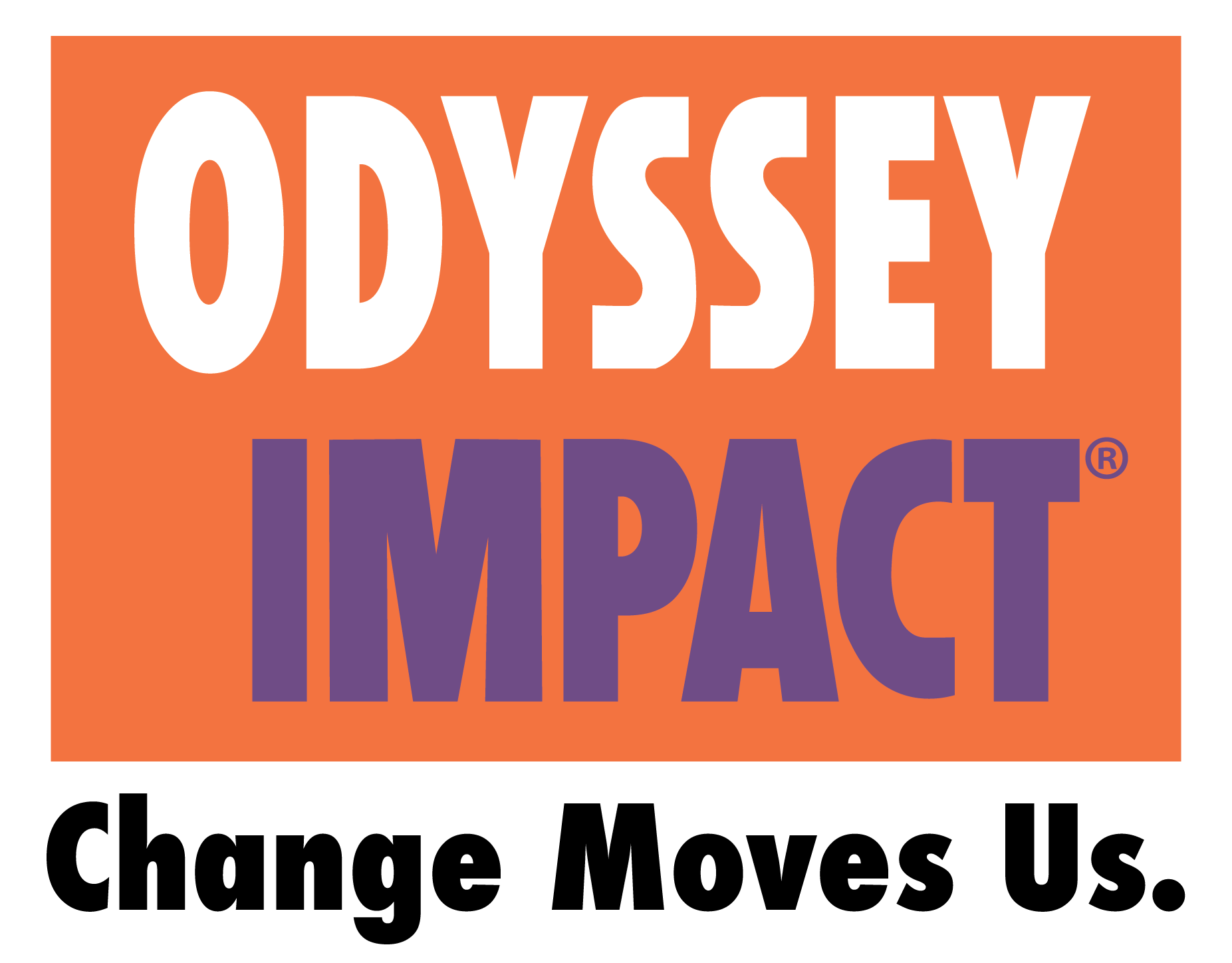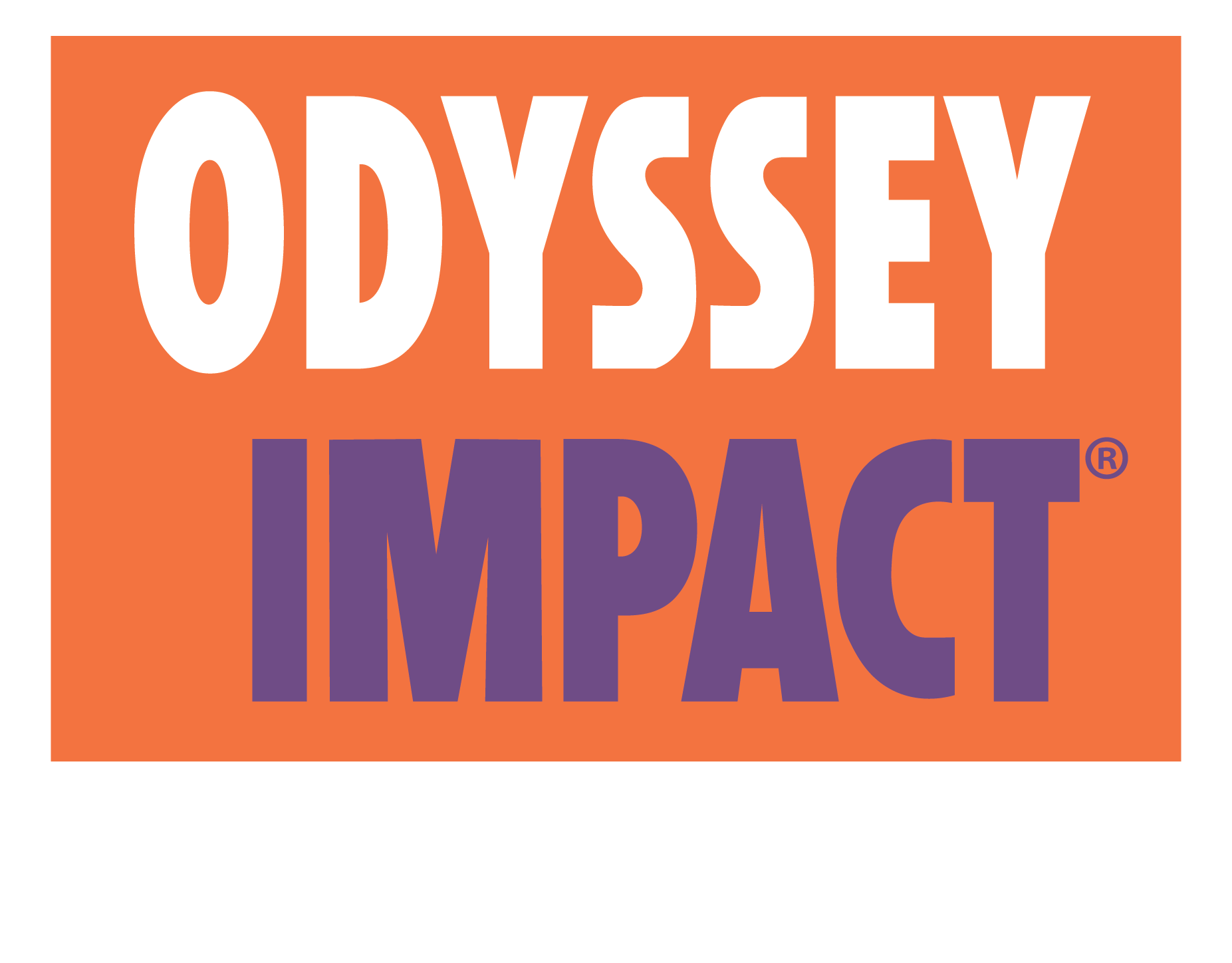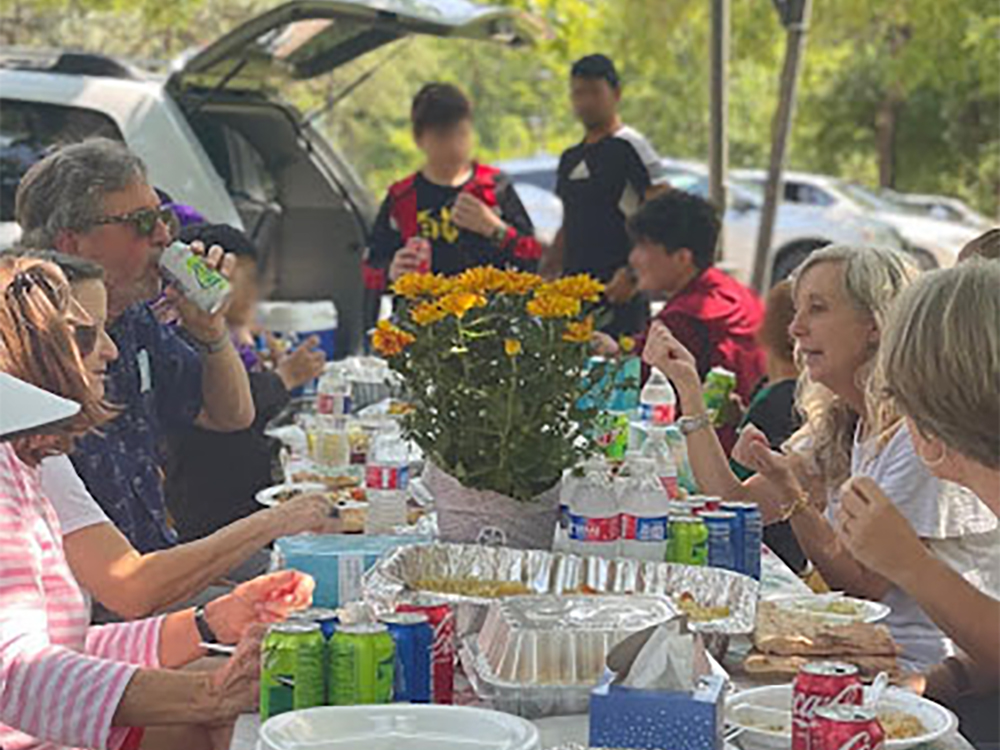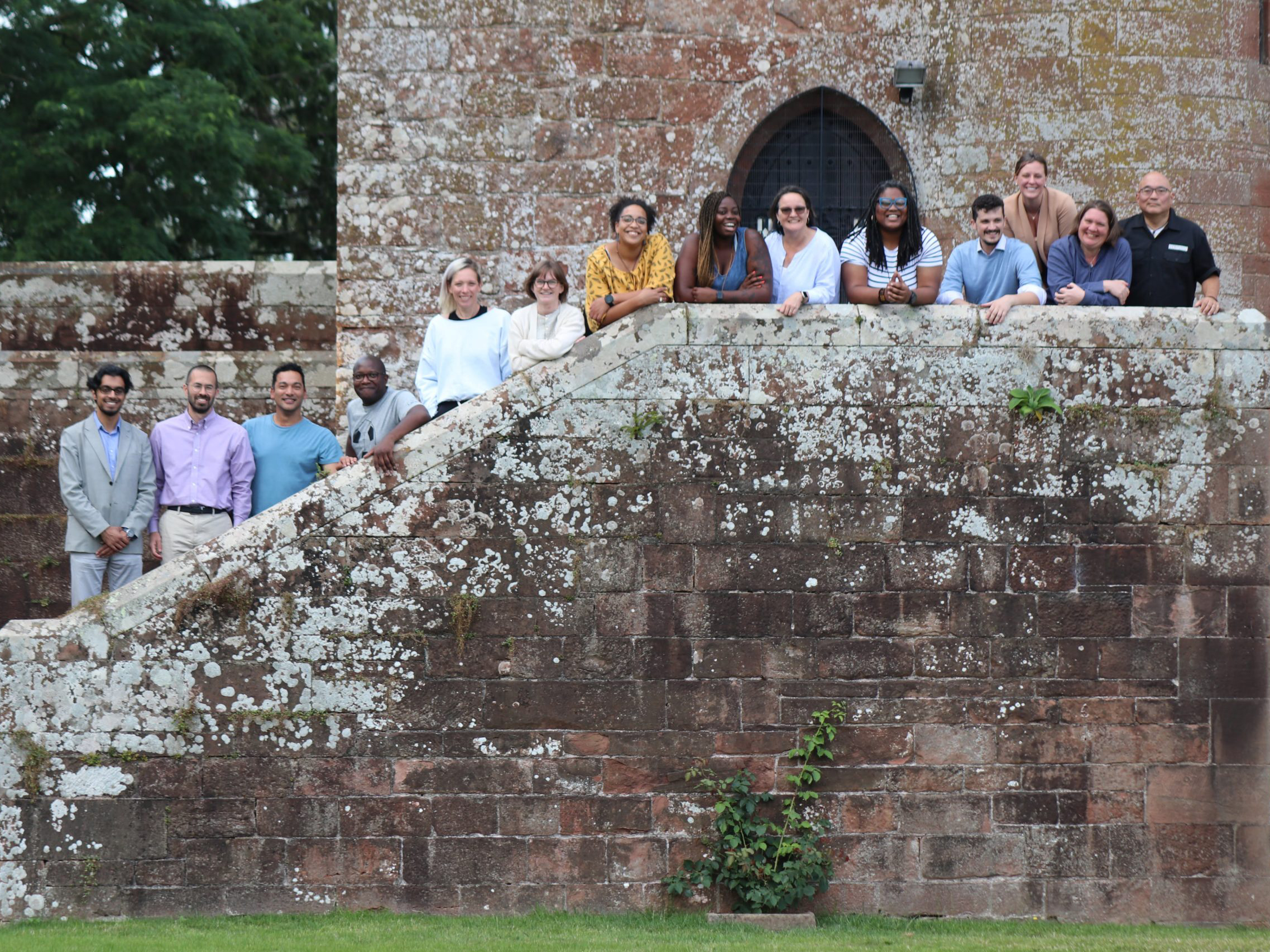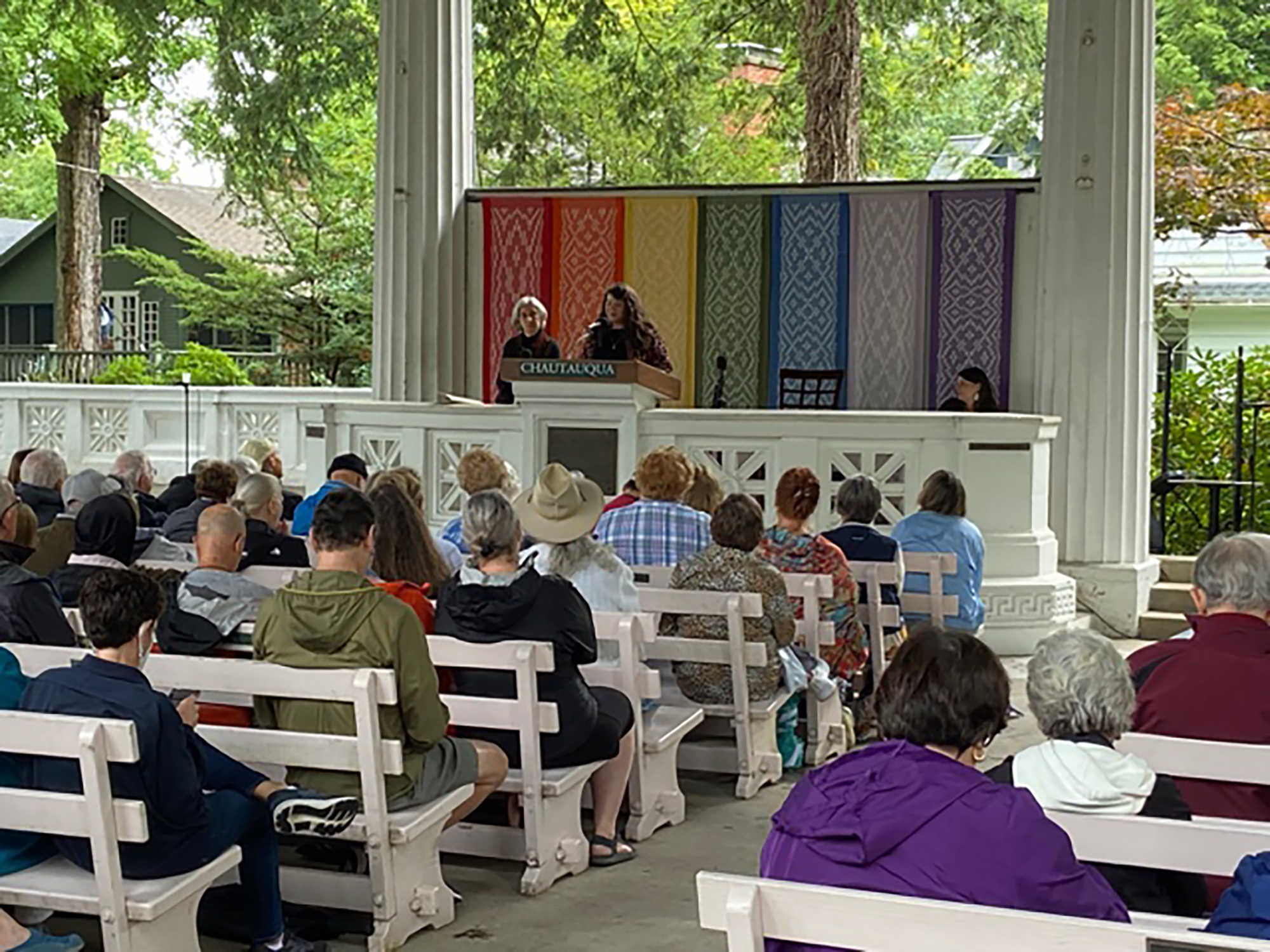[vc_row css_animation=”” row_type=”row” use_row_as_full_screen_section=”no” type=”full_width” angled_section=”no” text_align=”left” background_image_as_pattern=”without_pattern”][vc_column][vc_column_text]When Blaise Pascal said, “All of humanity’s problems stem from man’s inability to sit quietly in a room alone,” he clearly didn’t foresee the coronavirus. But one complication of the virus, and the social distancing necessary to slow its spread, is a nation where quiet rooms are more common. With the obvious exception of rooms that also confine toddlers, many Americans are experiencing a strange stillness in places where their lives were once lived loudly.
This quiet can feel oppressive, so we turn to Netflix, podcasts, cable news and other diverting stimulation. In the absence of a real schedule, the days tend to run into each other, marked only by the celestial cycle of coronavirus taskforce briefings. We set our watches by the rise of Tony Fauci in the east.
To many of us, the space between ticks of the clock seems especially long. Silence is often a place where fears gather, and the current crisis offers endless opportunities for worry. There are worries about the health of elderly loved ones, about the personal consequences of a flash-frozen economy, about the disruption of important plans and family milestones, about overwhelmed health systems. And there is the recurring and justified fear caused by unstable, incompetent national leadership.[/vc_column_text][vc_empty_space height=”60px”][vc_row_inner row_type=”row” type=”full_width” text_align=”left” css_animation=””][vc_column_inner width=”1/2″][ult_createlink title=”CONTINUE READING” btn_link=”url:https%3A%2F%2Fwww.washingtonpost.com%2Fopinions%2Fcan-all-this-silence-help-us-live-a-better-life%2F2020%2F03%2F23%2F264cd788-6d3d-11ea-a3ec-70d7479d83f0_story.html||target:%20_blank|” link_hover_style=”Style_11″ text_color=”#ffffff” text_hovercolor=”#ffffff” background_color=”#f57c50″ bghovercolor=”#784c8e″ el_class=”nav-button” heading_style=”font-weight:bold;” css=”.vc_custom_1585852480324{padding-top: 10px !important;padding-right: 10px !important;padding-bottom: 10px !important;padding-left: 10px !important;}”][/vc_column_inner][vc_column_inner width=”1/2″][ult_createlink title=”READ PDF VERSION” btn_link=”url:https%3A%2F%2Fodyssey-impact.org%2Fwp-content%2Fuploads%2F2020%2F04%2FArticle-on-Resilience-by-Michael-Gerson-Washington-Post.pdf||target:%20_blank|” link_hover_style=”Style_11″ text_color=”#ffffff” text_hovercolor=”#ffffff” background_color=”#f57c50″ bghovercolor=”#784c8e″ el_class=”nav-button” heading_style=”font-weight:bold;” css=”.vc_custom_1585852508891{padding-top: 10px !important;padding-right: 10px !important;padding-bottom: 10px !important;padding-left: 10px !important;}”][/vc_column_inner][/vc_row_inner][vc_row_inner row_type=”row” type=”full_width” text_align=”left” css_animation=””][vc_column_inner][vc_single_image image=”28420″ img_size=”full” alignment=”center” onclick=”custom_link” qode_css_animation=”” link=”https://odyssey-impact.org/impact-resources/” css=”.vc_custom_1585693972154{margin-top: 30px !important;}”][/vc_column_inner][/vc_row_inner][/vc_column][/vc_row]
